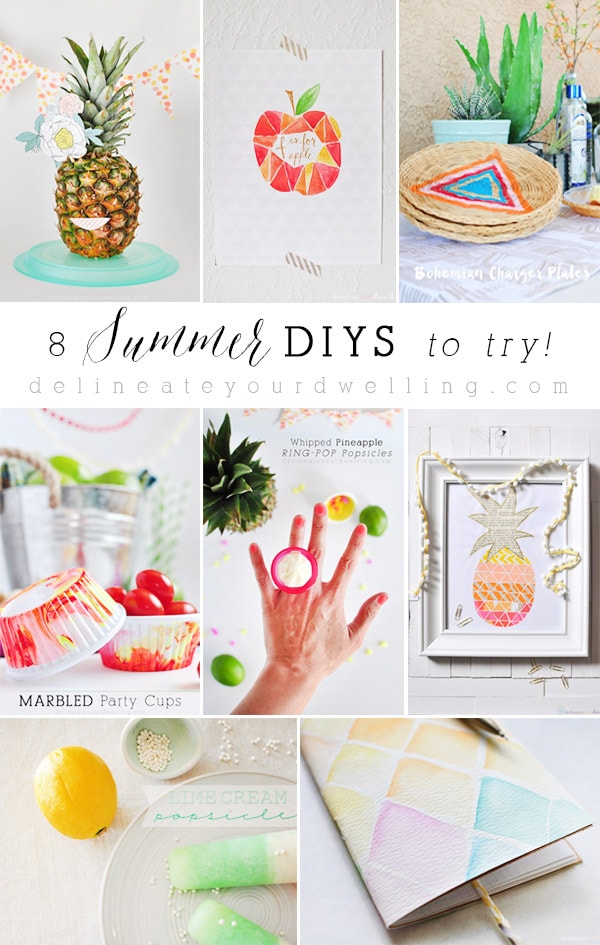
To shape garments, you need to increase your stitches. Also, this can change the pattern of a knitting project. It is crucial to learn the techniques involved in knitting increases so you can properly use them. Some increases can be subtle and others can significantly alter a project's pattern. There are many patterns that will recommend which increase you should use. This is helpful for knitters since it gives them an idea of the designer's goals. Knitters will be able to make better decisions if they are able to understand these techniques.
The most common type of increase is a single one, which combines two stitches into one. This is often done on one side of your work. This stitch is commonly abbreviated M1. The right needle should be used to insert the stitch from the top down.
A double increase, which combines three stitches to create one stitch, is a more complicated increase. This technique can be used with or without a single increase.

Another way to increase stitch count is to make a bar or a loop out of the working yarn. This can be a fun method to increase stitches. However it can be difficult to execute if the project needs to be completed quickly. A knitted, purled, or crocheted stitch can be used as the bar. It is important to locate the bar. This can be difficult if your knitting is tight.
Knit front and back is another simple way to increase stitches. This makes one stitch two and leaves a bar in the yarn on the right. This type increase is often decorative and can be hidden within seams. It's also used in Easy Slumber Socks.
In general, all increases are variations on the purl stitch. These variations can cause tiny holes in the knitting. They are easily visible when the knitting is completed, but they might not be obvious if you are working with dense fabrics. Some patterns also have other types of increases that are not quite as obvious. These increases may include knitting in the back loop of a stitch, or using a strand between two stitches.
Another trick is to use a row lower than the first stitch. This is often called the knit front and back, and is a fun technique to use. This is most commonly used at row's end, or when the row is finished in a purl-stitch pattern.

The video below shows several of the most used knitting techniques. Every technique has its advantages and disadvantages. This knowledge can be used to help knitters pick the right one for their pattern.
FAQ
What can I do to make money from my hobby or business?
Many hobbies can help you make extra money.
If you are passionate enough about your hobby to decide to sell it,
If you're a collector of stamps, you may be interested in establishing a website to sell them.
You can also make extra income by selling and buying stamps.
You could also create a YouTube channel to talk about your hobby.
This allows one to share their passion with others, potentially generating additional revenue through the offering of premium content.
Why do we have hobbies?
Hobbies are a vital part of our lives as they allow us to unwind, relax, think creatively and exercise. They also give us the opportunity to socialize, network, and have fun. These hobbies offer us the opportunity to learn new skills, develop valuable lifelong interests, and provide opportunities for us to do both.
Hobbies give us meaning and purpose in life.
They are often a great way to spend free time when you don't have much else going on.
And they're fun!
You probably don’t have enough time to pursue hobbies.
You have many choices. Maybe you should consider starting a hobby.
What are competitive hobbies?
Swimming, running, cycling, golfing and tennis are some of the competitive sports.
They're often enjoyed by people who are active and want to socialize.
You'll likely find others who are interested in your hobby if it involves physical activity.
This could include joining a club/group that allows you to play sports together regularly.
You may also want to play in a team game, where you are playing with others.
These include soccer (soccer), rugby, netball and hockey.
There are many types of competition.
Some competitions exist solely for recreational purposes.
Others are designed to test the skill of competitors.
Some are even designed to reward outstanding performance.
These cases award prizes to the winners.
Other competitions are intended to test strength and stamina.
These are called endurance events.
For example, marathon races, triathlons, Ironman Triathlon, etc.
Athletes often train hard before competing in these events.
To prepare them mentally and physically, they will be following a strict training regimen.
They may need to spend some time out of their home for preparation.
It is important to keep in mind that not all athletes can compete in every event.
How do I find a hobby that interests me?
At first, it may seem like there is nothing you can do.
You're probably thinking, "I'm not very artistic," or "I'm terrible at sports," or maybe even "I don't know anything."
But the truth is, you probably already have a lot of experience to draw upon when looking for a hobby.
It's only that you don't know it yet.
Take a tour of your house. Do you have a lot of stuff?
Do you have any toys from the past?
Maybe you have a collection of books or magazines.
Maybe you've always wanted to learn how to cook.
Perhaps you would like to play guitar again.
Whatever it is, there's likely something you can turn into a hobby.
The secret is to remember that you already have plenty to draw on.
Once you do that, you can choose a hobby to fit your life.
Statistics
- In comparison, men in the “no humor” condition were refused 84.6% of the time and were only accepted 15.4% of the time. (time.com)
- Almost 80% of people claim to have no hobby. (hobbylark.com)
- The Role of the Mind in Sex, Dating, and Love: Men in the “humor” condition received phone numbers from 42.9% of the female participants and were refused 57.1% of the time. (time.com)
- A new survey by Pew Research Center of teens ages 13 to 17 finds that 36% of girls feel tense or nervous about their day every day; 23% of boys say the same. (pewresearch.org)
- The intensity of the dialogue partners' bond at the end of the forty-five-minute vulnerability interaction was rated as closer than the closest relationship in the lives of 30 percent of similar students. (time.com)
External Links
How To
How to learn a musical Instrument
If you want to learn how to play music, there are many ways to do so. There are many options. You can go to school, purchase a book, learn from an instructor, or watch videos online. These are just a few tips and tricks to help you get started if you're determined to make your own path.
-
Find something that interests or appeals to you. If you don’t enjoy any of the instruments that you see, you might consider trying another one. If you don't like playing an instrument, it would be difficult to learn how to play it.
-
Be patient. Learning anything new takes time. It is unrealistic to expect to know everything instantly. Instead, keep practicing every day.
-
Practice regularly. You can do this even when it is hard. This will help you remember what you've learned.
-
Make sure you choose a safe place to practice. A quiet room where you won't disturb anyone else is ideal. Be sure to not distract others. It is best to avoid listening to loud music nearby.
-
Have fun. Music should be enjoyed. Make sure you have fun while practicing. Being happy will inspire you to keep practicing.
-
Set goals. If you set goals, then you will know exactly how you want to get there. You will never be ashamed to fail.
-
Keep track of your progress. Notate all of your achievements and failures. You'll be able to learn and improve as you go.
-
Take breaks. Sometimes, you will just need to stop for a while. You will be able to take breaks and think about the things you are doing.
-
Ask questions. Ask others if there are any doubts or questions regarding the instrument. They may be able help you.
-
Listening is the best way of learning. Many musicians love to listen to and imitate songs. This allows them to understand the basic ideas behind the song.
-
Read books. Lessons learned from books are more valuable than videos and classes. Books contain information you will not find anywhere else.
-
Join a group. Playing with others will force you to practice more. Plus, you will find people with similar interests to you.
-
You can watch tutorials. Tutorials are short videos which explain many topics in great detail. These videos usually focus on one specific aspect of the instrument. Tutorials can help you understand complex parts of your instrument.
-
Explore different learning methods. Some people prefer to learn through lectures, whereas others learn better by reading. Try different methods until you find the one that works for you.
-
Practice makes perfect. Nobody becomes an expert overnight. It takes a lot of work to be able to perform well.
-
You can learn from other musicians. Listening and learning from others can help you to learn faster.